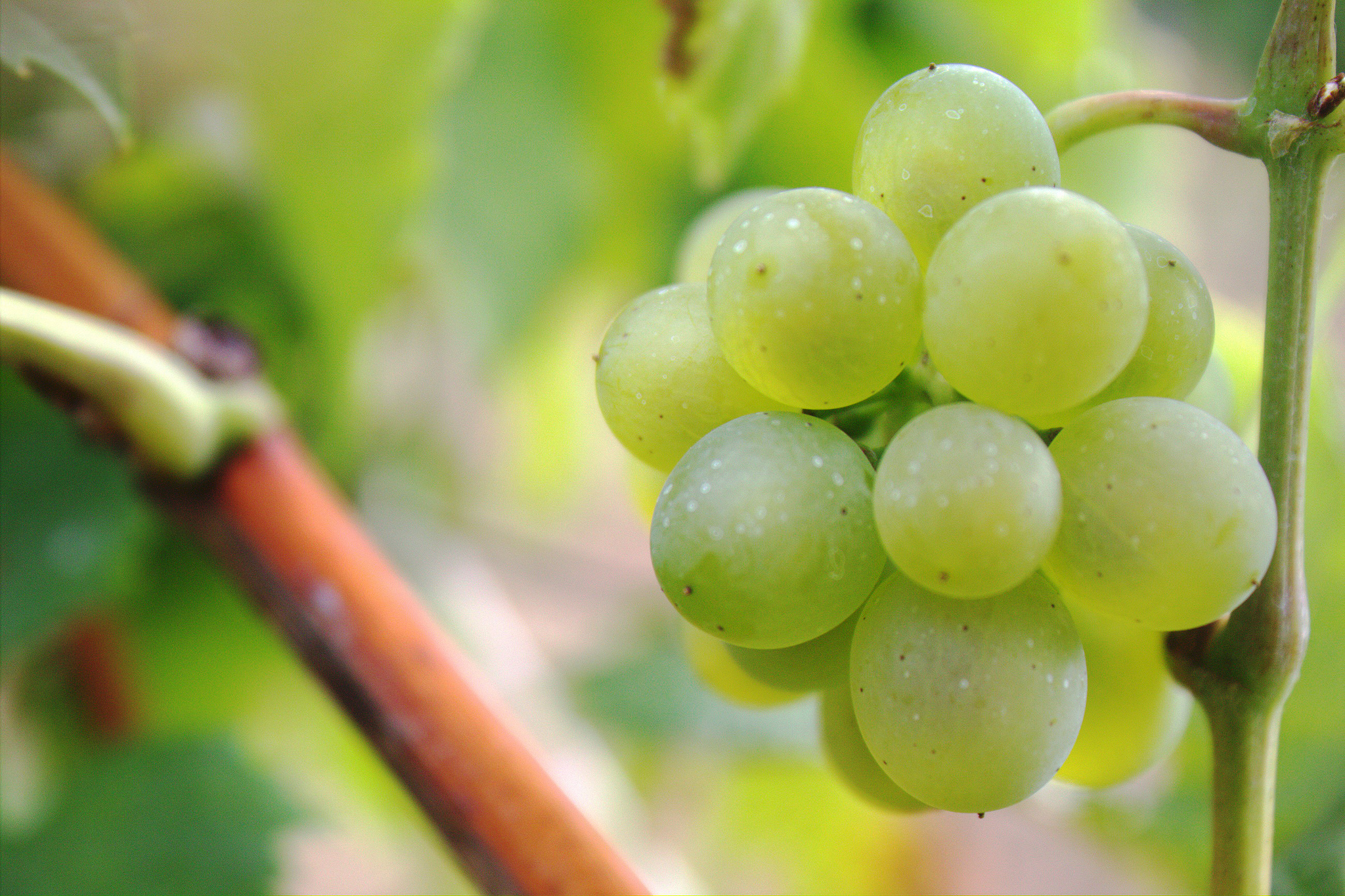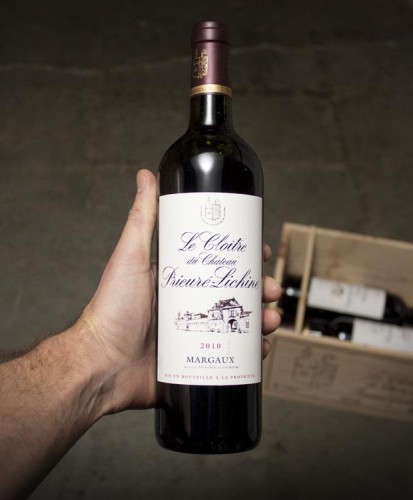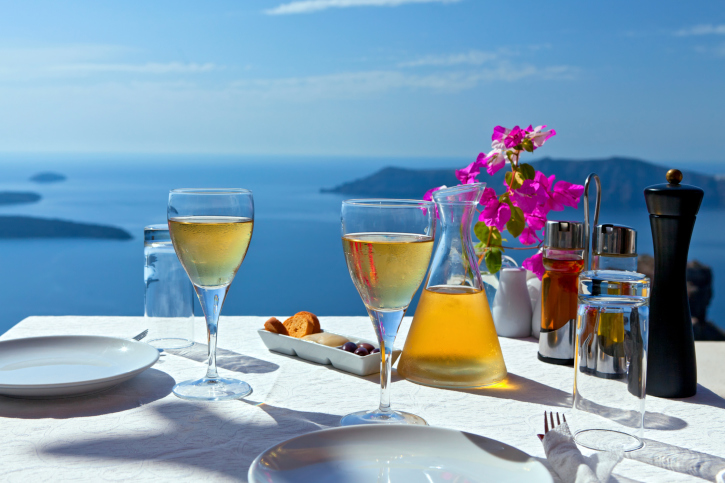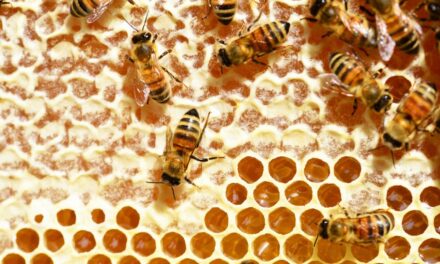If you’re among the 1% who consider a 1982 Lafite their “pizza wine” then you don’t need our tips on finding good deals. If you’re like most of us, and you want to drink like a king but spend like a pauper, consider the following recommendations for where to look for great value wines in 2016.
Second Labels
If money were no object you’d drink nothing but French first growths and California cult wine, but until you win the next Powerball jackpot, you have to look for maximum QPR.
That’s what makes second labels one of the best kept secrets in the world of wine. While a bottle of Harlan’s estate Cabernet can easily fetch $500 or more, their second label, “Maiden” sells for closer to $100. Just because it’s called a “second” label doesn’t make it a second rate wine. Producers create second labels for a variety of reasons – to reach a broader audience, increase production and availability, or to give their winemaker a chance to pursue a new creative direction or style.
Paso Robles
Napa and Sonoma have long reigned supreme as California’s premier wine country, but travel a few hours south into the Central Coast and you’ll find another area that’s fighting for the crown. Paso Robles is home to 30,000 acres of grapes, mostly Cabernet, Syrah, Petite Sirah and Zinfandel, along with 200+ wineries.
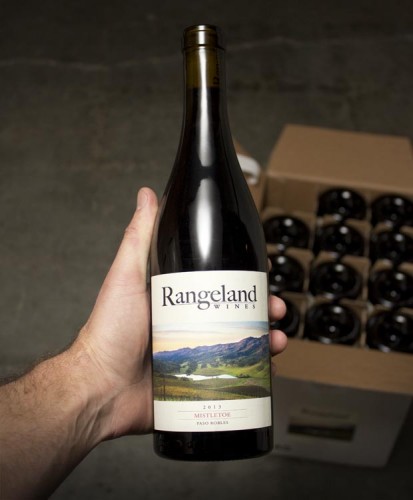
Rangeland produces some wines with intense flavor and concentration, including this popular Syrah/Cabernet blend.
What we love about Paso is their willingness to experiment with different styles of wine, in particular their non-traditional blends using Rhone varietals. Many of California’s “Rhone Rangers” find the climate and soil perfect for their Grenache/Syrah/Mourvedre blends. And since their wines don’t include words like “Oakville” or “Rutherford” on the label, they generally don’t cost nearly as much.
Grower Champagne
Everybody loves bubbles, but the high price of Champagne is one reason those corks remain tightly sealed until special occasions. But over the past few years a little known secret has been making the rounds among those in the know. Big houses like Bollinger and Krug may source grapes from as many as 80 different growers. Meanwhile those same growers often produce a small amount of their own “grower champagne” – at a fraction of the cost.

Gardet Brut Premier Cru NV is a sensational grower Champagne we discovered from a House in Chigy-les-Roses.
A large producer like Louis Roederer must focus on blending grapes from all over so they can ensure uniform quality in every vintage they produce, but grower champagne often tastes different each year. The cuvees they create show a much greater expression of terroir because of the smaller selection of grapes from a single location. While grower bubbly has been gaining in popularity recently, it still represents just 5% of all imported champagne.
Lesser Known Varietals
Think about the usual suspects you see in the wine aisle – Merlot, Zinfandel, Chardonnay. You probably don’t see much Negroamaro, Zwiegelt, or Rotgipfler. Consumers barely feel comfortable pronouncing “Merlot”, nevermind trying to wrap their tongue around clunky Austrian varietals. Still, there’s an entire world of grape varietals worth exploring that occupy very little space on store shelves. We just wrote about Zwiegelt, a lesser known grape of Austria and below are a just a few others.

We love Meinklang’s wines, including their Zweigelt Burgenland 2012 with its layers of black cherries, crushed purple flowers, and cinnamon.
Negroamaro – Native to the Puglia region in southern Italy, this grape produces low tannin, low acid wine with big, rich black/blue flavors. Think of it as a sort of rustic, earthy Zinfandel.
Torrontes – This is a very refreshing medium-to-full bodied white varietal primarily grown in Argentina, and known for its explosive aromatic profile of stone fruit and citrus.
Petit Verdot – Most often used as a blending grape in Bordeaux blends, when bottled on its own you’ll find a dark, tannic wine with black fruit, smoked meat, and dark spices on the palate.
Dolcetto – An underdog from Northwest Italy, Dolcetto offers a lighter, easy drinking alternative to the more dominant grape of the region, Nebbiolo. It’s a low acid, lighter bodied red known for its earthy, red cherry flavors.
Lesser known wine varietals are usually priced cheaper because they have to fight for market share against more popular grapes. So next time you’re feeling adventurous, seek out something you’ve never heard of, or can’t pronounce.
Last Bottle
Of course the smart thing to do if you’re looking for the best value in wine would be to join our mailing list. We taste thousands of wines each year and choose only the best to share with our loyal members. You never know what will show up in our daily offer – from grower champagne, to Austrian Zwiegelt, and rare second labels from Bordeaux!

